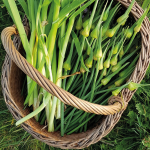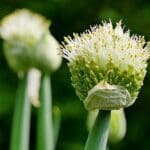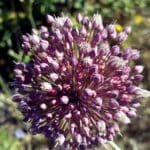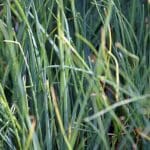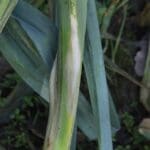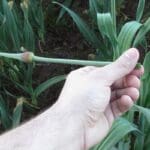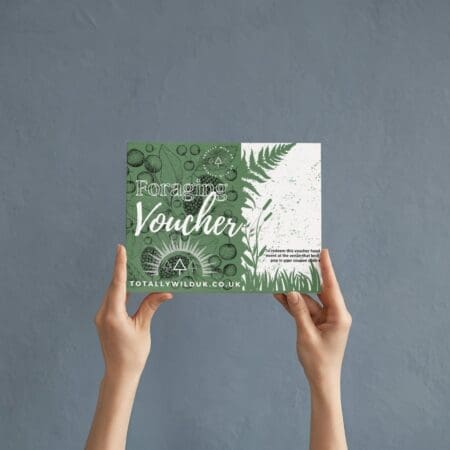Sea Leek / Edible / Summer / Autumn
Common Names
Sea leek, Wild Leek, Sea Leeks
Botanical Name
Allium ampeloprasum
Scientific Classification
Kingdom – Plantae
Order –Asparagales
Family – Amaryllidaceae
Physical Characteristics for Sea Leeks
Sea leek is a Biennial. The thick ‘stem’ is actually a tightly wrapped bundle of leaves springing from a bulbous base, from which the ends of the leaves curve out. The small pink flowers are arranged in a globe shape on a taller smooth stem.
Leaves
The leaves are long and strap-like, wrapped tightly around the thick stem. They look identical to a garden leek, just not as fat as the ones you’ll see in the supermarket. The whole plant smells strongly of onion.
Flowers
The flowers are small, star shaped and pink, emerging from a papery sheath around the onion-shaped bud and bursting out on their stems to form the round firework shape typical of all its Allium cousins.
Stem
The flower stems are thick, smooth and round, growing up to 1m tall. They emerge from the leek part of the plant, which it whitish green and faintly striped like its larger garden relatives.
Habitat
It is thought to have been introduced to Britain, and is fairly uncommon so should only be picked if a large patch is found. It likes sandy or stony seaside locations, often on old field boundaries, hedges or ditches, in South West England and Wales.
Known hazards
None known in humans, but may be somewhat toxic to dogs
Could be Confused with
Wild Leek, or any garden variety of Leek – all are equally edible. There are many other kinds of ornamental Alliums that could have escaped from gardens, but they don’t have the characteristic leek shaped stem.
Click here to read more about the Onion family.
Edible Uses
Allium Ampeloprasum is thought to be the wild ancestor of our garden leeks, elephant garlic, Persian leek and kurrat or Egyptian leek. So it can be used in all the ways you would use a cultivated variety, raw or cooked. The flowers are also edible raw and look lovely sprinkled on salads.
Appears in early spring. It is in flower from June to September.
Notes on Herbal uses
The plant has all the same medicinal uses as Garlic, but just not as strong. The whole plant is antifungal, antibacterial so has been used to dress wounds and treat fungal and bacterial infections on any part of the body. Consuming it regularly is thought to be good for the heart, and is an important element of the ‘Mediterranean diet’.
Extra notes from the Foragers
The whole plant is also said to be insect repellent



